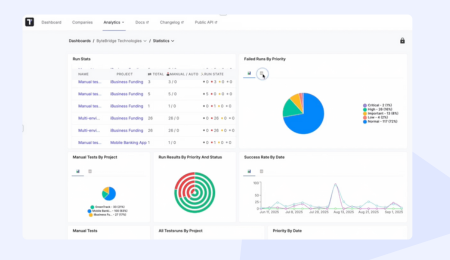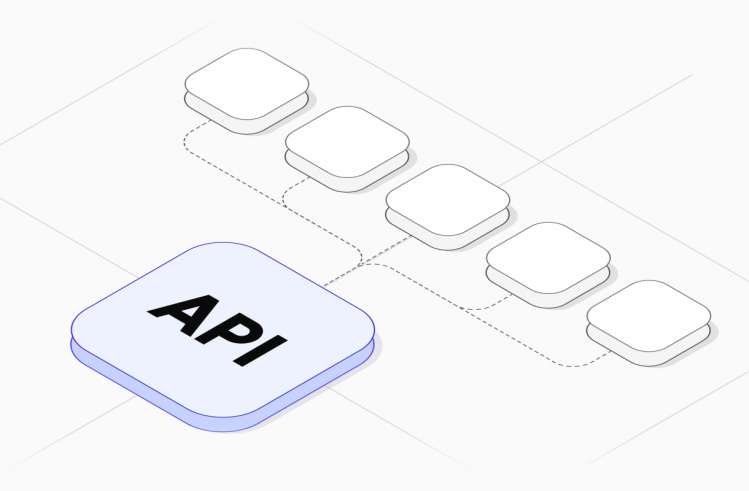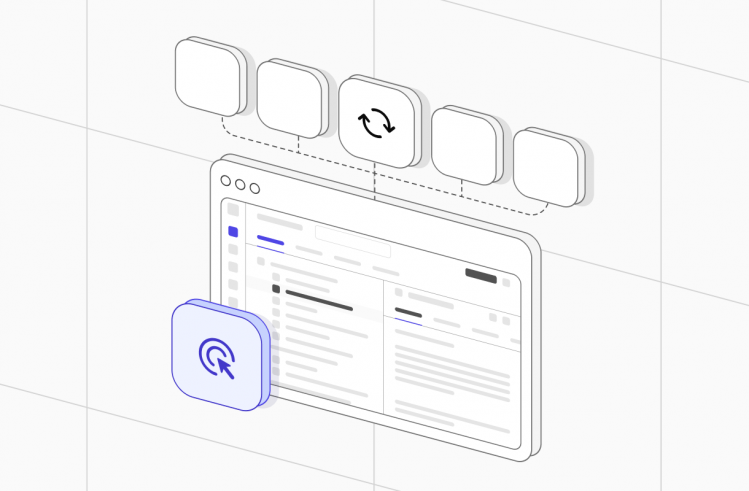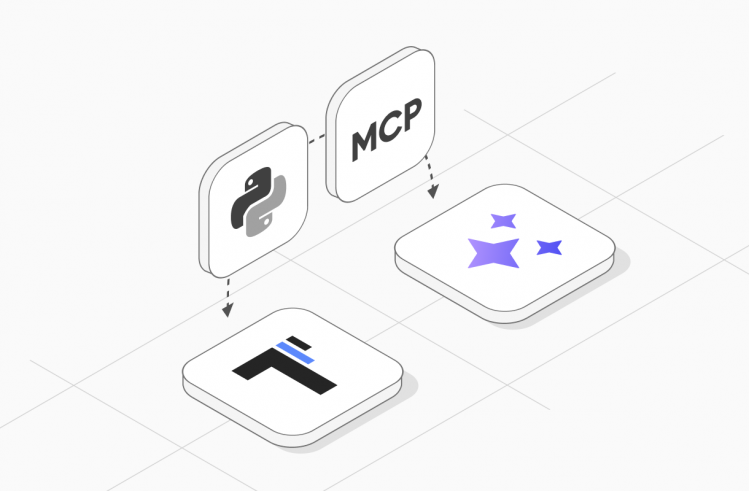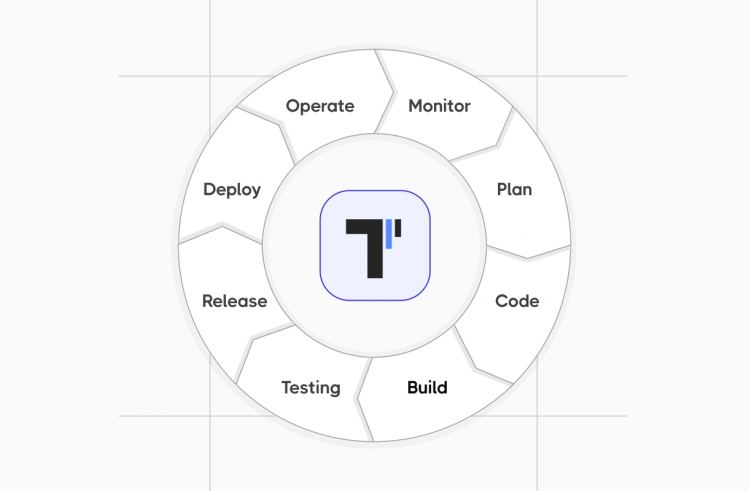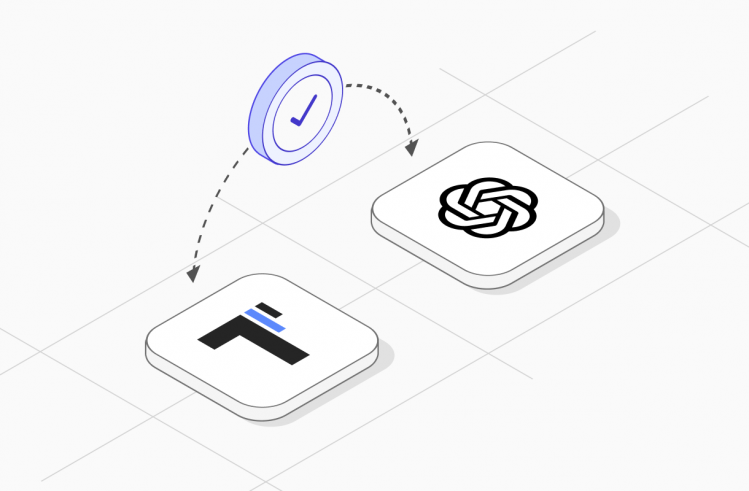Sometimes, an organization has robust software solutions in its ecosystem and high-profile IT professionals to wield them. Yet, the company’s business operations are stalled because of the digital environment’s subpar work, to put it mildly. How can it be? In all likelihood, it happens because of inadequate network performance. Network testing is called to ensure the satisfactory functioning of the IT infrastructure.
Wait a bit, you might say, we have already conducted a comprehensive application performance checkup within our environment, and it showed the software’s clockwork functioning. The matter is that application testing and network testing are two distinct procedures that should go hand-in-hand to guarantee seamless operation of the entire system. While application testing is functionality-focused, aiming to safeguard usability, security, compatibility, reliability, and user experience of solutions, network testing is infrastructure-focused, examining servers, routers, firewalls, data centers, and other network components that provide liaison between applications.
Why is network performance testing vital for the IT operations of the system?
The Importance of Network Testing Made Plain
As a long-time provider of top-notch software testing tools, we see the following goals of conducting a comprehensive network testing process.
- Validating apps’ performance under various network conditions. The type of internet connection, switch and router configuration, design, and specifications affect the performance of the entire network and the apps it unites. Network performance tests help pinpoint bottlenecks and roadblocks causing network congestion and diminishing throughput, which worsen the system’s efficiency.
- Identifying problems that cause poor user experience. Network latency, packet loss, and bandwidth issues hamstring user experience. Network performance testing allows specialists to determine where the shoe pinches.
- Checking apps’ resilience against slow or unstable networks. By simulating substandard network traffic, testers detect timeouts, crashes, and performance degradation occurring in the apps’ operation.
- Supporting DevOps and CI/CD pipelines with reliable connectivity validation. You can’t implement DevOps practices and set up CI/CD pipelines unless the network availability is up to the mark. It can be validated by integrating network monitoring into the SDLC with the help of infrastructure as code, version control, automated alerts, and rollbacks.
Given the great number of elements to be checked and multitude of network performance issues that can afflict them, it is natural that QA teams can’t do without performance testing tools. They enable assessment of network behavior along several key network performance metrics (download speed, upload speed, resource usage, throughput, latency, packet delivery variation, and more).
Categories of Network Testing Tools
The overall network performance encompasses several vital parameters that can be checked with the help of the following tool types.
- Protocol testing tools. As the name hints, they ensure the smooth functioning of communication protocols. By monitoring, capturing, analyzing, and simulating network traffic, such tools allow QA engineers to obtain valuable insights into network communication, detect issues early, and step up project rollouts via validating IP addresses as well as various protocols (HTTP, TCP/IP, DNS, you name it).
- Performance and load testing tools. Such tools ensure the network can handle average and peak user traffic. They simulate bandwidth stress and heavy traffic conditions to see how it affects network speed as well as the entire system’s responsiveness, scalability, and stability.
- Monitoring and debugging tools. Network monitoring tools are instrumental in inspecting responses, requests, and packet flows, collecting performance data, pinpointing outages and anomalies, providing alerts, and implementing other measures within continuous monitoring of network elements. Network debugging tools help eliminate exposed issues.
- Network simulation tools. They enable the creation of virtual network models where the behavior of devices, protocols, and links is simulated. Thanks to them, specialists can test apps under 3G/4G/5G, high latency, limited bandwidth, and more without needing physical hardware. As a result, potential issues are identified and network optimization is implemented.
- Security and penetration tools. Focused on providing rock-solid network security, these tools are honed to find vulnerabilities in the network traffic through conducting penetration testing, detect suspicious network activity, identify threats, analyze security protocols, and assess efficiency of existing security measures.
Key Features to Look for in Network Testing Tools
To do its job well, network testing software of any category should possess the following characteristics.
- Real-time traffic monitoring. The ability to execute comprehensive monitoring and network traffic analysis in real-time allows the tool to track pivotal performance metrics, identify trends, pinpoint anomalies, and detect network issues.
- Ability to simulate network conditions. This feature enables simulation of real-world scenarios to gauge network infrastructure performance under various traffic conditions and test its capacity, latency, packet loss, and other parameters.
- Integration with CI/CD pipelines. Such integration is highly beneficial not only for network performance monitoring and testing but also for network management. It enables early detection of issues, improves the system’s reliability, ushers in faster deployment, ensures testing consistency and repeatability, reduces manual effort (and thus human error), boosts configuration management, and establishes seamless collaboration between developers and network administrators.
- Cross-platform/browser/device support. The modern digital landscape is extremely versatile. You must make sure the testing tool you use covers any device within the network topology, plays well with all browsers they utilize, and suits whatever platform they are based on.
- Reporting and result visualization. To facilitate network analysis, performance management, and representation of test results, a network testing solution should provide robust reporting capabilities and summarize historical data as well as real-time indices in easy-to-understand visual formats (dashboards, charts, graphs, and the like).
Zooming in on the Popular Network Testing Tools
From the QA perspective, the best network testing tools are:
1. Wireshark

This open-source solution belongs to protocol analysis and testing tools. It enables users to dissect protocols and inspect the content of network packets. While doing it, Wireshark relies on extensive search and filtering capabilities, which allow testers to focus on certain network conversations or packets. Additional features that broaden the tool’s potential are packet reassembly, packet decryption, and statistical analysis of traffic with subsequent debugging.
2. Charles Proxy/Fiddler

If you need to intercept, examine, and modify HTTP/S traffic, these two tools are an excellent choice. They act as proxy servers, allowing QA crews to analyze HTTP headers, explore request/response bodies, and simulate high latency, low bandwidth, or other network conditions. The key difference between them lies in their platform support. Fiddler is a Windows-fueled solution, whereas Charles Proxy, written in Java, is cross-platform.

3. JMeter
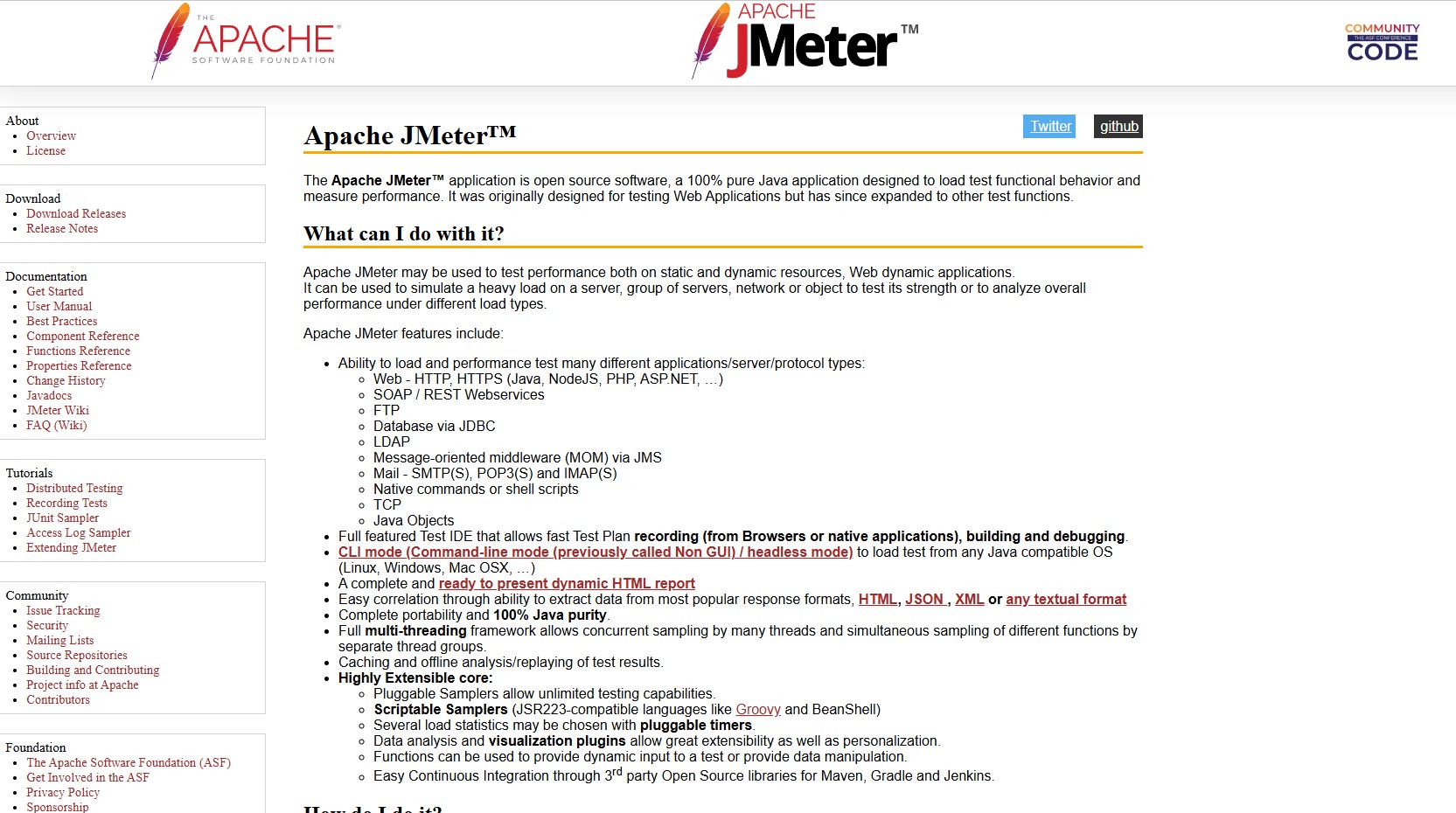
Originally designed for the functional testing of web applications, the tool has evolved into a comprehensive platform that also enables network testing. It can simulate heavy loads, test various protocols (HTTP, HTTPS, SMTP, JDBC, LDAP, SOAP/REST web services, and POP3, to mention a few), perform in-depth traffic analysis, and exercise distributed network testing.
4. Postman/Insomnia
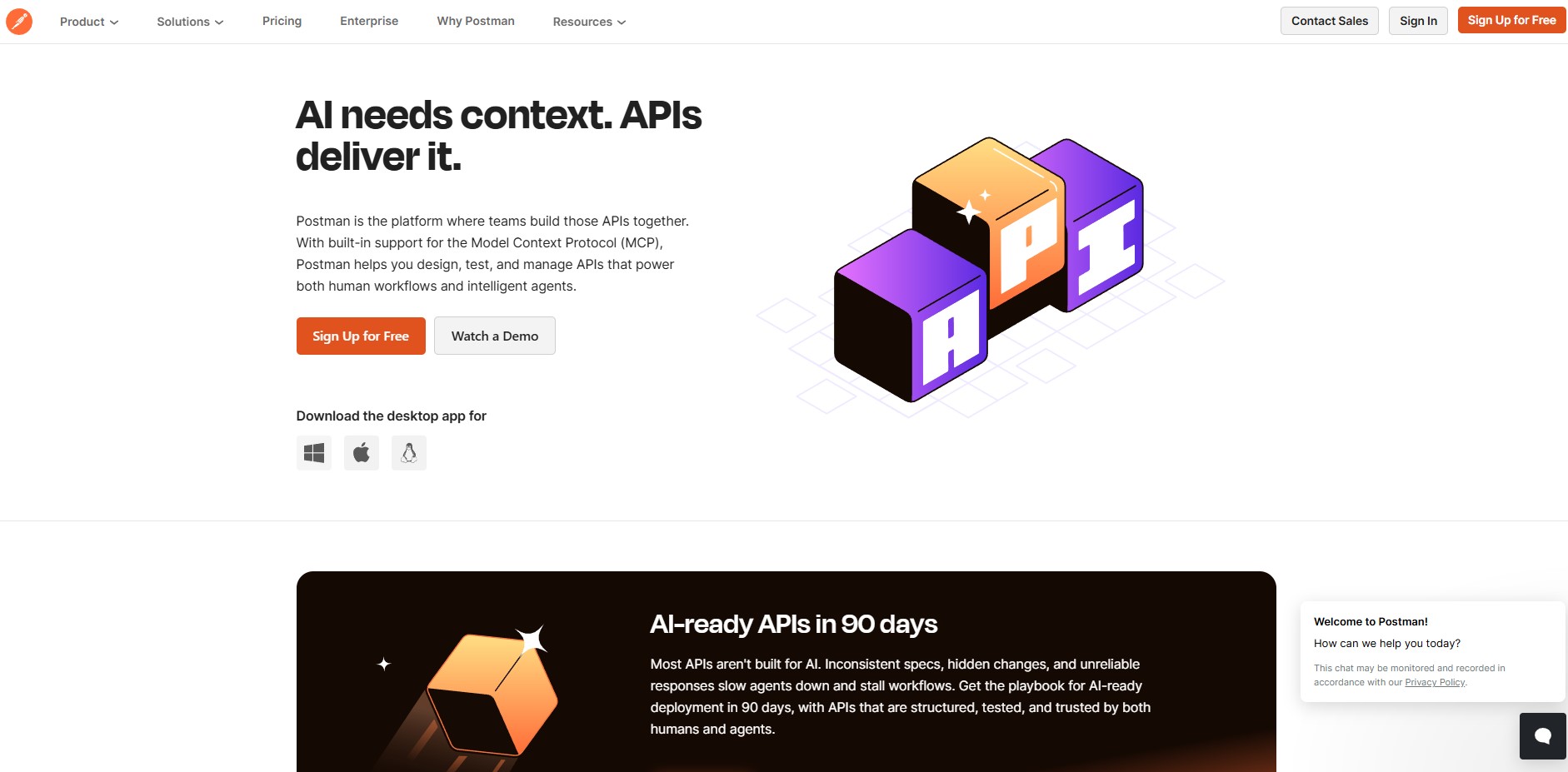
Their focus is API testing with network insights. Being similar in core functionalities, these tools are tailored for different end users and project scales. Postman works well for comprehensive API management with enterprise-level features, whereas Insomnia is a better fit for individual developers or teams who prioritize speed, ease of use, and customization.
5. Burp Suite
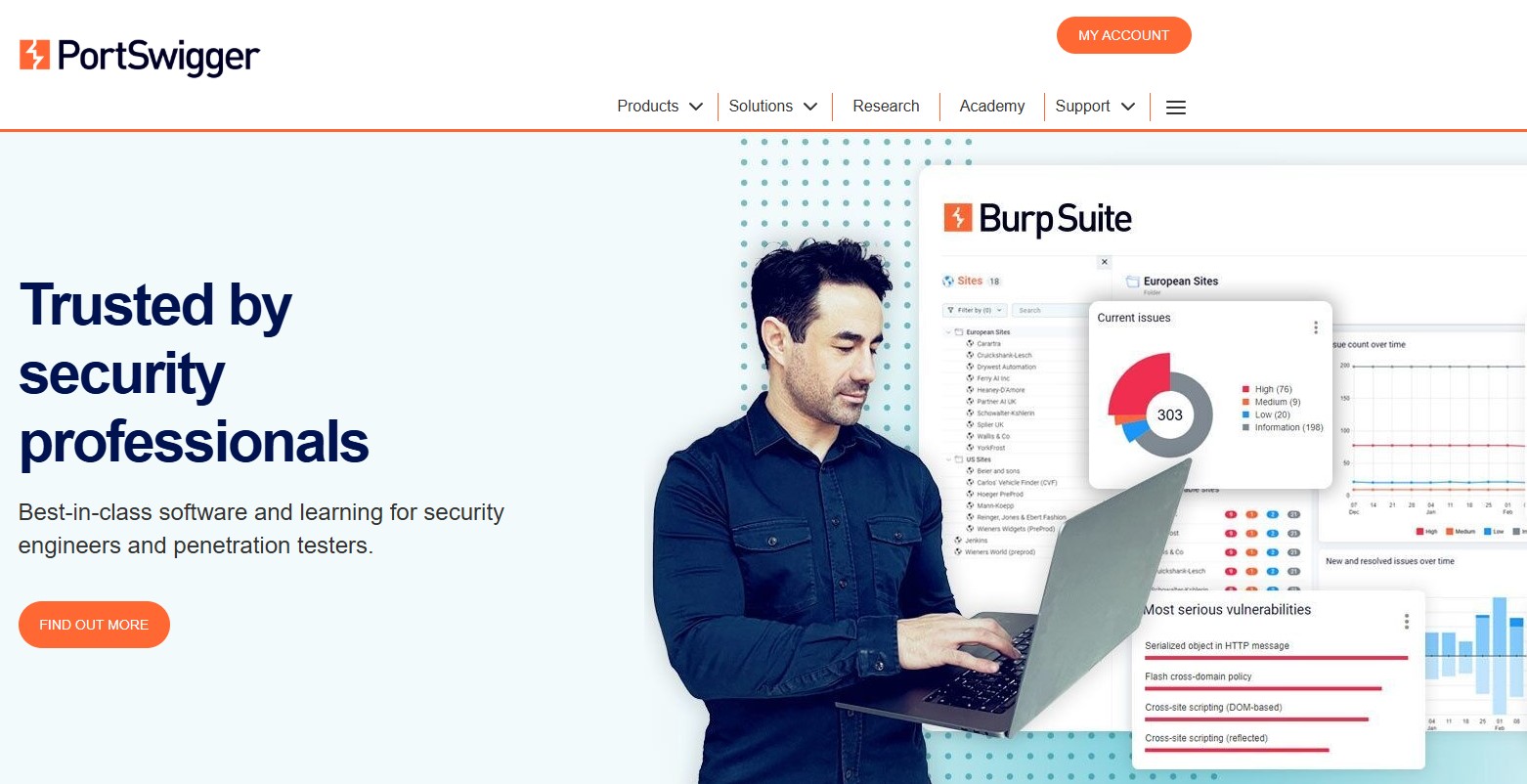
Its primary intended use is web app security testing; however, it can be utilized to validate network security as well. The Suite’s Proxy feature intercepts web traffic, Scanner finds weaknesses, Intruder automates penetration attacks, and Repeater allows for manual request manipulation and resending.
6. Browser DevTools
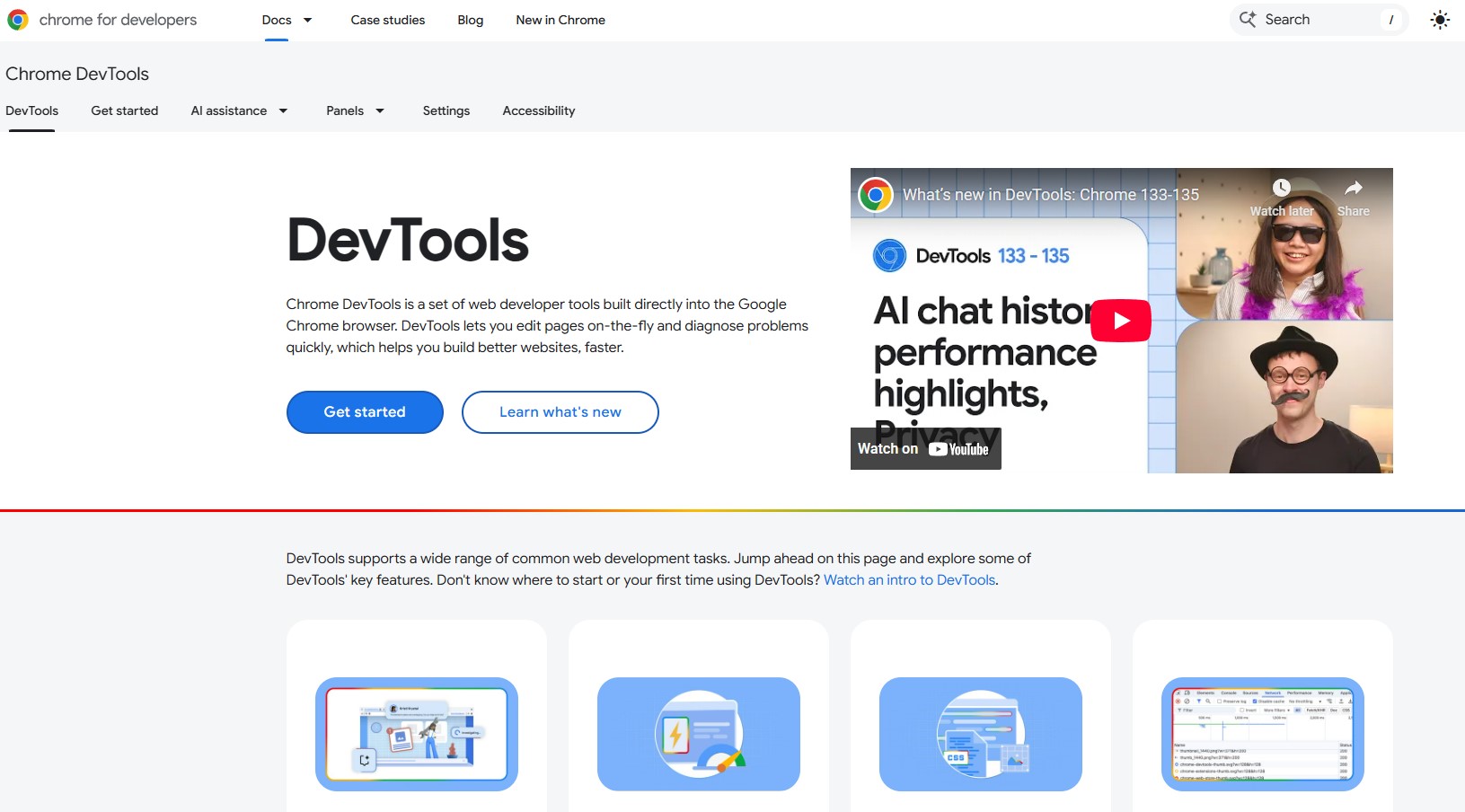
These are throttling and inspection tools built into browsers like Chrome and Firefox. They are honed for monitoring, analyzing, and debugging a web application’s network requests and responses. DevTools’ network tab enables testers to gauge load times, monitor status codes, view request payloads and headers, and even simulate network conditions.
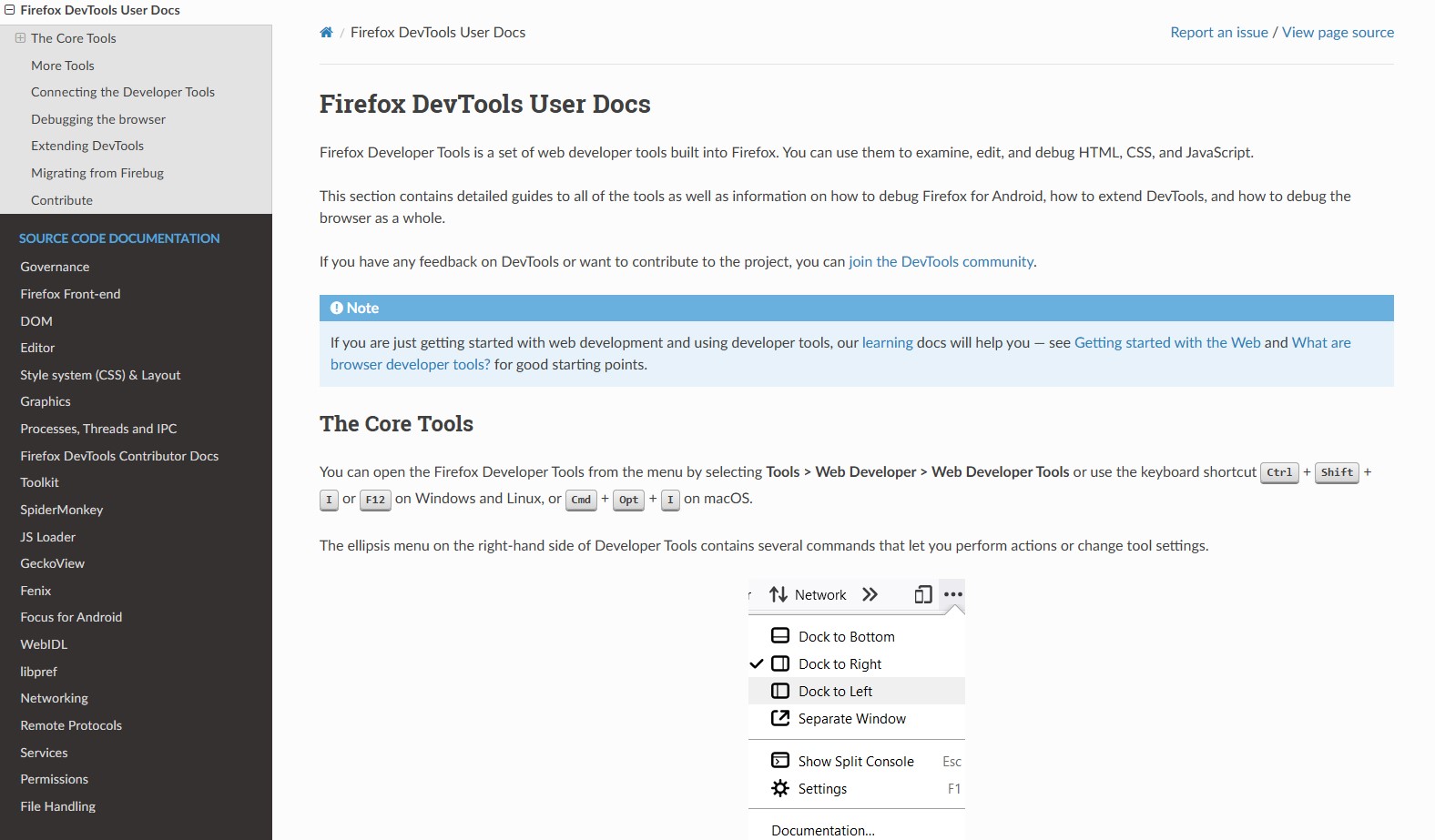
7. Network Link Conditioner/NetEm/Clumsy
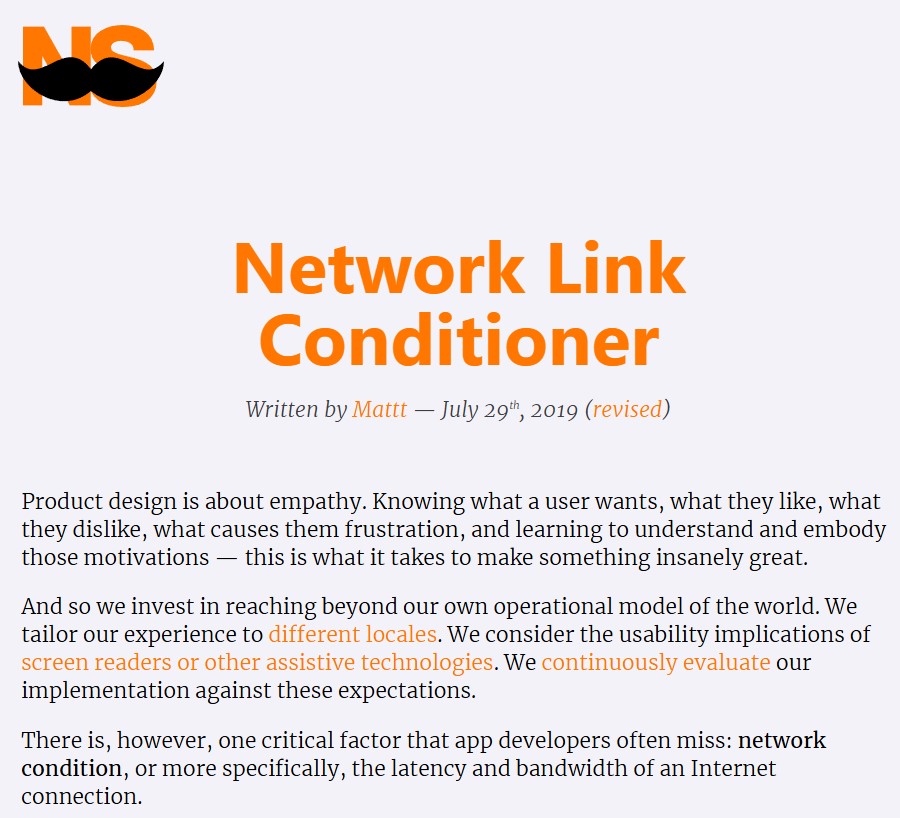
If you need to recreate poor network conditions, these three are your go-to tools. They differ in the platform they are designed for (Clumsy for Windows, NetEm for Linux, Network Link Conditioner for Mac/iOS), interface (NetEm’s is command-line and GUI for the other two), and granularity of control over network parameters (the most detailed in NetEm and the least detailed in Network Link Conditioner).
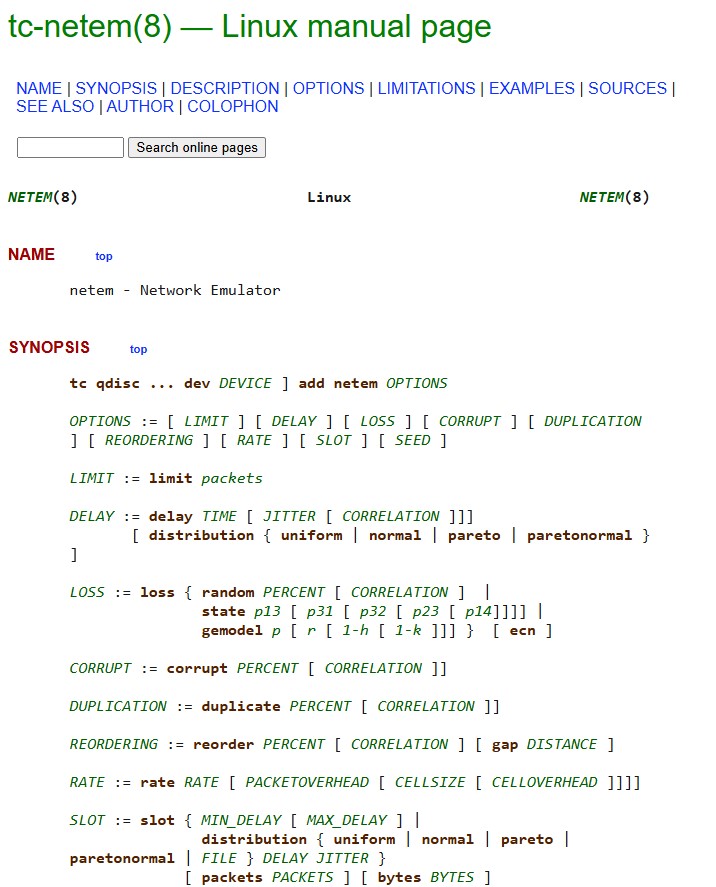
The choice of tools is conditioned by testers’ expertise, a project’s specific needs, compatibility and integration requirements, security features, and the vendor’s pricing policy. Yet, instead of choosing one tool, you can get an entire platform wholesale.

This is a comprehensive suite that offers a ramified ecosystem of tools for mobile and web app testing. Among them, one can find an API testing solution. Its Newman integration allows testers to upload Postman tests from the cloud-based workspace and synchronize them with other manual and automated tests included in the QA routine and CI/CD pipelines.
Postman’s and Newman’s user-friendly interfaces make creating, organizing, executing, and automating API tests a breeze. The tools enable setting up and managing development, staging, and production environments with an opportunity to switch between them. JSON reporter and HTML reporter supported by Newman are perfect for generating collection run reports and communicating test results.
Contact us to learn details and try the platform’s free version. And now let’s see how QA teams leverage these and other network testing tools in practice.
Network Testing Scenarios Exemplified
The typical use cases of network testing tools include:
- Testing login flows under weak networks. To implement it, testers employ such network throttling tools as Fiddler or Charles Proxy that simulate high latency and slow speed and apply custom network profiles. Then follow functional login and logout tests, accompanied by security checks to expose vulnerabilities.
- Validating API response times during peak loads. JMeter or Postman are leveraged to simulate peak traffic volume by gradually increasing the load. Testers monitor basic metrics (response time, throughput, error rate, and resource utilization) to compare them to SLOs stipulated in the service level agreements, identify bottlenecks, and discover breaking points.
- Revealing insecure network calls or data leaks. Here, data loss prevention tools (Forcepoint DLP, Cyberhaven, Digital Guardian, Microsoft Purview, Endpoint Protector, and others) suit perfectly. They monitor data at rest and in transit, analyze network traffic, spot unusual activity and anomalies, and detect suspicious files.
- Ensuring mobile app usability across various bandwidths. As far as network testing is concerned, you should simulate different bandwidths to verify that the app keeps running, test the solution on real devices with real users, and keep an eye on basic performance metrics (app not responding (ANR) occasions, load time, network error rate, etc.).
Conducting these and other network tests, QA teams often face roadblocks.
Major Challenges in Network Testing
What aspects of the QA routine are the hardest to accomplish?
- Accurately simulating real-world conditions. It involves a realistic definition of scenarios in accordance with network utilization patterns and user audience peculiarities, employment of relevant network emulation tools for injecting specific conditions (traffic types, bandwidth limitations, packet loss, etc.), and combining simulated environments with real-device tests.
- Scaling tests for global users. To accomplish it, you should set up testing infrastructure in each target geography and generate realistic conditions, simulating user behavior and network conditions across various locations.
- Striking a balance between functional and network-level tests. The testing pyramid is just what the doctor ordered in such cases. This model helps determine the quantity and categories of tests to be held, prioritizing them based on risk and user impact. Test automation and cross-functional collaboration also enable finding a middle ground and enhancing the quality of service.
- Integration with automated test frameworks. To let your test cases work in sync with automated frameworks, you should define the test scope, choose an appropriate platform (preferably the one with a free trial), create test scripts in the language it supports, align them with CI/CD pipelines, establish connectivity to network devices, and store test configurations in a version control system.
We can help you address all network testing challenges by offering the following recommendations.
The Best Practices for Effective Network Testing during QA
You can make the most of the network testing procedure if you:
- Include network tests early in QA cycles. Involving network testing from the initial SDLC stages allows developers to expose and eliminate defects and bugs before they escalate and become an unwieldy and complicated mess hard to deal with.
Automate common network testing scenarios. Latency, jitter, offline mode, packet loss, bandwidth, and other repetitive test cases should be entrusted to machines. It allows you to accelerate the routine, minimize human errors, reduce expenditures, and increase efficiency. - Combine functional and network-level tests. Marrying these two approaches allows QA teams to conduct an out-and-out evaluation of the entire system’s operation. Functional tests ensure its ability to meet user requirements, whereas network tests validate its stability, interoperability, and performance.
- Regularly update scripts and tools to handle new protocols. In the modern dynamic IT landscape, your testing tools should keep abreast of new developments in the realm, quickly adapt to changes in it, stay compliant with industry standards, and ensure continuous, uninterrupted functioning of the infrastructure.
Alongside these, you should keep your eyes skinned for novelties in network performance monitoring and testing.
The Future of Network Testing Scrutinized
There are four principal innovations that will shape the contours of network testing tomorrow and beyond.
AI-powered anomaly detection in network traffic
Machine learning mechanisms collect and process huge volumes of network data to recognize normal network behavior and pinpoint deviations symptomatic of security threats (for instance, malware infection or DDoS attacks). AI-driven testing enhances network security manifold, reinforcing the system’s protective perimeter against complex threats that signature-based systems remain blind to.
Cloud-based network simulation services
Cloud network services enable testers to design, validate, and analyze network mapping without any physical hardware utilized. Such scalable and cost-efficient resources provide hands-on experience in a safe environment where you can run simulations, validate designs, and test network models.
Integration with observability tools
Combining network testing tools with observability solutions like Grafana, Prometheus, Datadog, New Relic, and others enables testers to receive insights into network health, dissect data flows, and analyze connectivity across versatile environments. As a result, they can swiftly identify bottlenecks and pitfalls and eliminate issues on short notice.
5G/Edge computing challenges for testers
The rapid advent of edge computing and 5G technology benefits humanity, but it has also generated fresh problems for QA teams. They have to deal with distributed environments that require offbeat testing approaches for beamforming and network slices, less controlled locations that necessitate new security protocols, and platform/device heterogeneity that demands communication testing across all edge components. Most traditional testing techniques are useless here, so developers will have to come up with more advanced tools and methods.
To Sum It Up
Even the most workmanlike software can manifest substandard efficiency if the infrastructure it works in is inadequate. Network testing is called to ensure robust performance, reliability, and security of the entire system under various network conditions.
With a slew of elements and connections to be checked and validated, their comprehensive testing can be accomplished only by leveraging network testing automation tools. These solutions are honed for various purposes (protocol testing, load testing, performance monitoring, debugging, security testing, network simulation, API testing, etc.) and suit specific use cases. Make sure you integrate at least one network testing tool into your QA process or opt for a comprehensive solution enabling various kinds of software testing.
